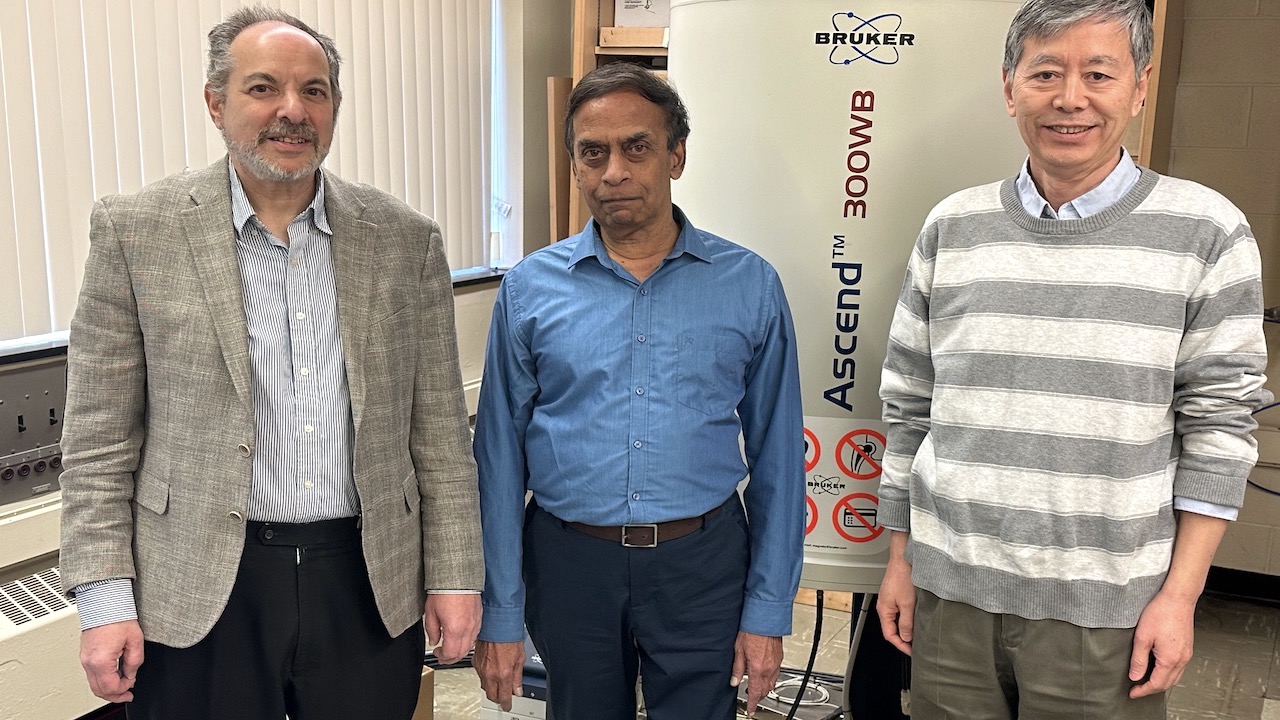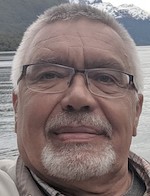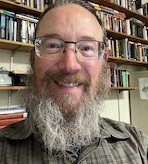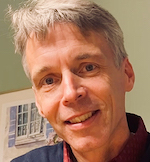OU CAS faculty well-represented on Stanford list of top scientists

The Oakland University physics department features some of the top scientists in the world according to the list of the top 2% of scientists published by Stanford University.
Four active Oakland physics professors Gopalan Srinivasan, David Garfinkle, Andrei Slavin and Yang Xia made the list as well as Professor Emeritus Bradley Roth and Distinguished Professor Michael Chopp, who was listed under Henry Ford Hospital where he also works and does research.
“Our department is unusually strong in scientific research,” Xia said. “This list of top scientists just shows you that the faculty of the Department of Physics are truly the leading scientists in their respective fields worldwide, and actively engaged in research.”
The list published by Stanford is based on statistics from Scopus (Elsevier’s abstract and citation database) and information updated through the 2022 citation year, using the ICSR Lab provided by Elsevier’s International Center for the Study of Research.
“Please note that all five physics professors, including Chopp, have ranks below 100,000, which means we are actually among that top 1% of scientists,” Slavin said. “The fact the Physics department has five people in the top 1% of the world’s scientists means we are only hiring the best researchers and creating a climate to retain them at Oakland.
“I would like to thank the OU administration for letting us do what we believe is right for our department, and helping us be successful in our respective research fields.”
 |
| Andrei Slavin |
Slavin’s research is on the theory of spin waves propagating in magnetically ordered materials.
“This work is important for magnetic recording technology, for advanced signal processing at high frequencies and for the development of ultra-fast artificial intelligence systems,” Slavin said.
Srinivasan’s research is on smart materials and he said it’s supported by the National Science Foundation and the Department of Defense.
“My research is on smart materials that are used for a variety of applications including sensors for medical imaging, energy harvesting, and components for use in radars, communication devices (4G/5G wireless networks for phones),” Srinivasan said. “Materials synthesis, device design and characterization are all done in-house.”
Garfinkle studies Einstein’s general theory of relativity.
“In particular, I'm interested in the properties of black holes, the big bang origin of the universe and gravitational radiation,” Garfinkle said. “The physical laws governing these phenomena are the Einstein field equations, which I study by doing computer simulations.”
Xia’s research concentrates on the discovery and validation of pre-clinical imaging biomarkers for osteoarthritis.
“Our research can be applied directly to clinical diagnostics and therapy, as well as bioengineering,” Xia said. “I have been funded by NIH (National Institutes of Health) since 1999. My lab is truly unique in high-resolution imaging research, since we have five microscopic imaging systems that sit next to each other in our labs, and we know each instrument thoroughly and have developed quantitative protocols on each system. Since these instruments are universal (not just for osteoarthritis research), we can study all kinds of scientific and technical problems.”
 |
| Todd Shackelford |
Oakland’s College of Arts and Sciences had three other active professors on the list of top 2% of scientists: psychology professors Todd Shackelford and Virgil Zeigler-Hill and chemistry professor John V. Seeley.
“It’s a great honor to be included on this list, among so many highly impactful researchers from whom I have great respect,” Shackelford said.
Shackelford’s research is in evolutionary psychology.
“I apply Darwin's theory of natural selection to understand the ‘design’ of human psychology,” Shackelford said. “Why is the mind built in the way that it is? The answers are often buried in our evolutionary past.”
.jpg) |
| Virgil Zeigler-Hill |
Zeigler-Hill is a social-personality psychologist with primary research interests in four interrelated areas: self-esteem, narcissism, cognitive representations of the self and interpersonal relationships.
“It is a tremendous honor to be included on this list alongside such incredible scholars from around the world,” Zeigler-Hill said.
“My research primarily focuses on the more aversive aspects of personality (e.g., narcissism, psychopathy, spitefulness) and their connections with interpersonal behaviors, social cognition, and motivation,” Zeigler-Hill added. “I also conduct research that involves self-esteem and interpersonal relationships (e.g., romantic relationships).”
 |
| John V. Seeley |
Seeley’s research group focuses on developing methods for characterizing complex mixtures of volatile organic compounds (VOCs). In the past three years, they have created a novel multidimensional gas chromatography system that can separate and quantify over one hundred compounds in less than 10 minutes.
The College of Arts and Sciences also had four retired professors on the list: biology professor Barkur Shastry, Biology Professor Emeritus Charles Lindemann, Chemistry Distinguished Professor Michael Sevilla and Anthropology Professor Emeritus Dorothy Nelson.


 December 15, 2023
December 15, 2023